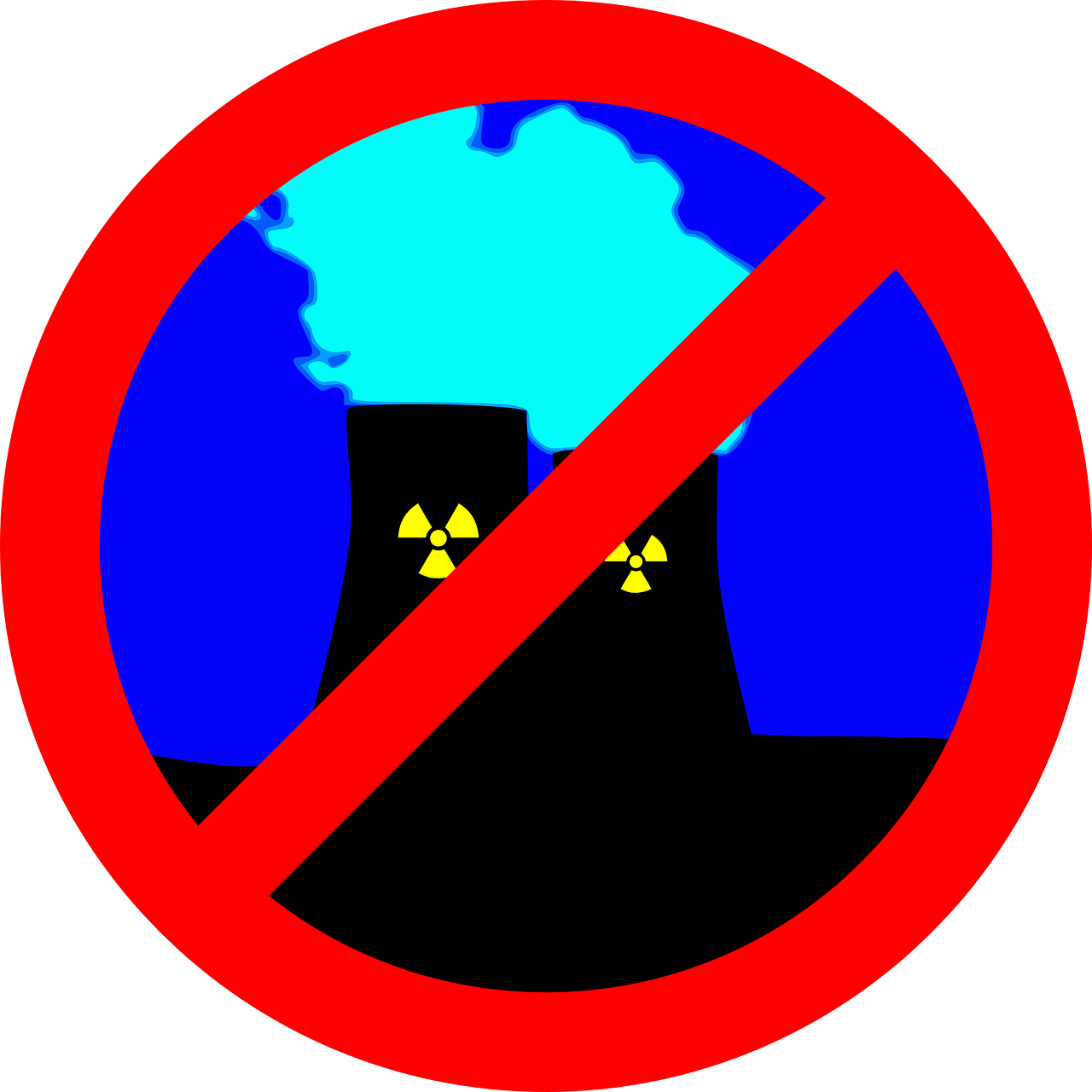
My family moved into our new home in southcentral Pennsylvania one day after a snowstorm in February 1979. Me, my husband Steve and our two sons – three-year-old Matthew and one-year-old Jason – had barely settled in when upheaval temporarily disrupted our lives.
The historic episode that placed my family and community in danger began on the morning of Wednesday, March 28, 1979. Local news reported a possible problem at the Three Mile Island (TMI) nuclear reactor south of Harrisburg, PA, about 15 miles as the crow flies from our house.
Something possibly catastrophic was happening close to home.
TMI spokespersons, state representatives, the governor, and federal officials held a series of news conferences. All offered conflicting and confusing statements. The result: nervousness, anxiety, fear among those living close to the nuclear reactors.
Thursday, one day after initial reports of a problem hit the news, authorities ordered a five-mile evacuation zone. On Friday Pennsylvania Governor Thornburgh extended the evacuation to pregnant women and small children living within a 20-mile area around the nuclear plant. It was a recommendation, not a mandatory order. Schools closed and officials advised everyone to remain indoors.
Confusion reigned, folks unsure what to do. Steve and I packed our bags, secured the boys into car seats, and drove 200 miles to my parents’ home on Long Island. We watched TV from a safe distance as President Carter and other politicians visited TMI and addressed a frightened public.
A couple of days later Steve went home and returned to work. His factory was located a few miles from TMI’s reactors along the Susquehanna River. He marched around the factory with a Geiger counter in hand, checking radiation levels.
Meanwhile Matthew and I boarded a plane for Florida to visit my grandfather, a.k.a. Grandpa Sam. He was thrilled to show off his great-grandson to anyone who would pay attention. The youngest member of the family, one-year-old Jason, remained on Long Island with his grandparents.
Within an hour after arriving at Grandpa Sam’s Miami Beach apartment, Matthew needed to go to the bathroom. Unfortunately this turned out to be far more than a normal pee or poop. Perhaps the travel and excitement of flying upset his body, or too much junk food, provided to keep the toddler content and avoid tantrums, upset his system. Whatever the reason, his poop proved prize-worthy, clogging Grandpa Sam’s toilet. An emergency call to the apartment house janitor, followed by a visit from a cleanup crew, solved the problem. The calamity was not an auspicious beginning to our tropical holiday, but Matthew’s engaging smile and antics soon won Grandpa Sam’s heart.
Meanwhile news reports indicated the TMI accident was worse than initially publicized. The nuclear reactor’s uranium core melted – not completely, but enough to cause concern and give TMI the dubious distinction of being the worst commercial nuclear reactor accident in U.S. history.
After five days basking in Florida’s sultry sun, romping at the beach and pool, Matthew and I flew back to Long Island. We collected Jason and the three of us drove home.
The TMI crisis was officially declared over, and everyone resumed their normal routines.
The aftermath –
I Survived TMI T-shirts and glow-in-the-dark souvenirs appeared on store shelves.
The movie The China Syndrome, released twelve days before TMI, portrayed an accident at a nuclear reactor. Jane Fonda, Michael Douglas, and Jack Lemmon starred. One of the movie’s most prophetic lines was about the possibility of a meltdown that could “render an area the size of Pennsylvania permanently uninhabitable.” After the TMI debacle, Jane Fonda campaigned against nuclear power.
The TMI crisis was not solely responsible for the demise of the nuclear power industry in the U.S., but it proved a significant factor. The climate crisis has reignited the conversation. Negative feelings about nuclear energy are shifting. No one wants another TMI, or repeats of the 1986 Chernobyl and 2011 Fukushima Daiichi disasters. On the other hand, the search for reliable and low-cost energy puts nuclear energy back on the table. Nuclear safety and technology in the United States have significantly improved since 1979.
The TMI Unit 2 reactor cleanup lasted years, finally completed in December 1993 at a total cost of $1 billion. It is permanently shut down. TMI Unit 1 was allowed to continue operations under a license from the NRC (Nuclear Regulatory Commission) until 2034. However the unit shut down in September 2019. But maybe not forever…
The current owner of Unit 1 at Three Mile Island, Constellation Energy, requested approval from the U.S. Nuclear Regulatory Commission to restart the Unit 1 reactor. If approval is granted, the power plant is expected to begin operations in 2028.
.

Comments
3 responses to “An Almost Disastrous 1979 Event Remembered”
I do remember this. Gosh, hadn’t thought about it in a while!
Very scary, especially with such young children. Thank God it had a happy ending.
Wow. I’m glad the Three Mile Island disaster wasn’t worse and wasn’t devastating for your family. “The current owner of Unit 1 at Three Mile Island, Constellation Energy, requested approval from the U.S. Nuclear Regulatory Commission to restart the Unit 1 reactor. If approval is granted, the power plant is expected to begin operations in 2028.” I hope not. The problem of safety and how to dispose of nuclear waste haven’t been solved after all this time. I live in Washington state. I don’t know if you hear reports about it, but there are problems dealing with nuclear waste at the Handford Site. Now, the Trump administration is considering cutting the Hanford budget and staff.